RTK-363 "Renshou" is one of the fast-attack destroyers from the Kurokaze-class (Raigeki Tokushuu Kichikukan), built by the Empire of Otsumokuri to strengthen its naval control during an internal conflict that lasted from 1934 to 1944. Unlike other ships in the same class, Renshou was built with a few structural and weapon system modifications to suit operations in specific waters.
Visually, the ship stands out with a much darker lower hull compared to others in its class. While most ships used dark red anti-rust paint or light gray tones below the draft line, Renshou went with a matte black anti-rust coating covering everything below the waterline. This wasn’t just for looks—it helped the ship stay hidden during nighttime missions or when patrolling open seas under low visibility conditions.
Weapon-wise, Renshou didn’t stick with the standard Type-19 20mm AA guns like the rest. Instead, it was fitted with six Type-272 20mm autocannons—an upgraded version equipped with altitude-based timed explosions, making it more effective against small recon planes or early drones, especially in the late stages of the internal conflict.
During active duty, Renshou was assigned to the 2nd fleet group, which patrolled the Minori Sea and the Mizukami Strait. Back then, those areas were hotspots for smugglers and illegal fishing boats. Renshou didn’t just do patrols—it acted as the enforcer. If the Coast Guard couldn’t intercept a target, this ship would step in to take care of it. However, rules were strict: it could only fire after getting confirmation to engage. Its internal comms were directly linked to Naval Command or the Maritime Ministry.
Across its 49 years in service, the Kurokaze-class ships handled around 165 smuggling or illegal entry cases. Out of those, 89 ships were sunk, while the rest—usually small fishing boats or civilian vessels—were simply warned off using morse lights or spotlights.
Out of all 35 ships in the class, RTK-363 "Renshou" was the most active and effective. It joined over 45 major operations, managed to sink more than 30 hostile or smuggler ships, and intercepted 15 lost civilian vessels, redirecting them safely without conflict. This track record made Renshou the MVP of the fleet, often cited in training materials for naval cadets.
When the Kurokaze-class was finally retired in 2004—mainly due to outdated communications systems and changes in international maritime law—most ships were scrapped or repurposed for training. Renshou, however, was preserved in its original form and is now on display at the Kato Naval Museum as a symbol of Otsumokuri’s maritime history.
RTK-363 (Renshou) and RTK-370 (Tsuyukaze)

Inspired by IJN Yukikaze (Kagerou-class):

Specifications
Spotlights
- ShadowHeavyIndustry 7 months ago
- RB107 7 months ago
General Characteristics
- Created On Android
- Wingspan 28.5ft (8.7m)
- Length 280.5ft (85.5m)
- Height 68.4ft (20.8m)
- Empty Weight 113,592lbs (51,524kg)
- Loaded Weight 148,593lbs (67,400kg)
Performance
- Power/Weight Ratio 0.756
- Wing Loading 457.8lbs/ft2 (2,235.1kg/m2)
- Wing Area 324.6ft2 (30.2m2)
- Drag Points 79136
Parts
- Number of Parts 712
- Control Surfaces 0
- Performance Cost 3,062

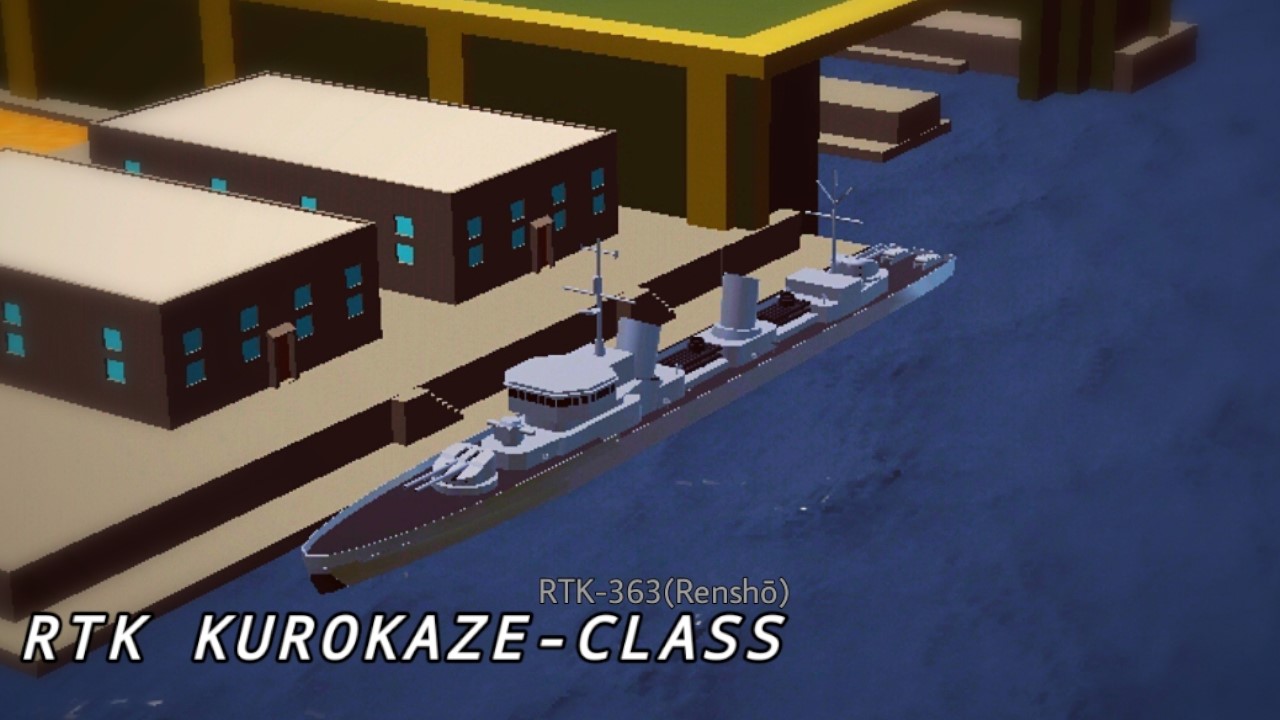
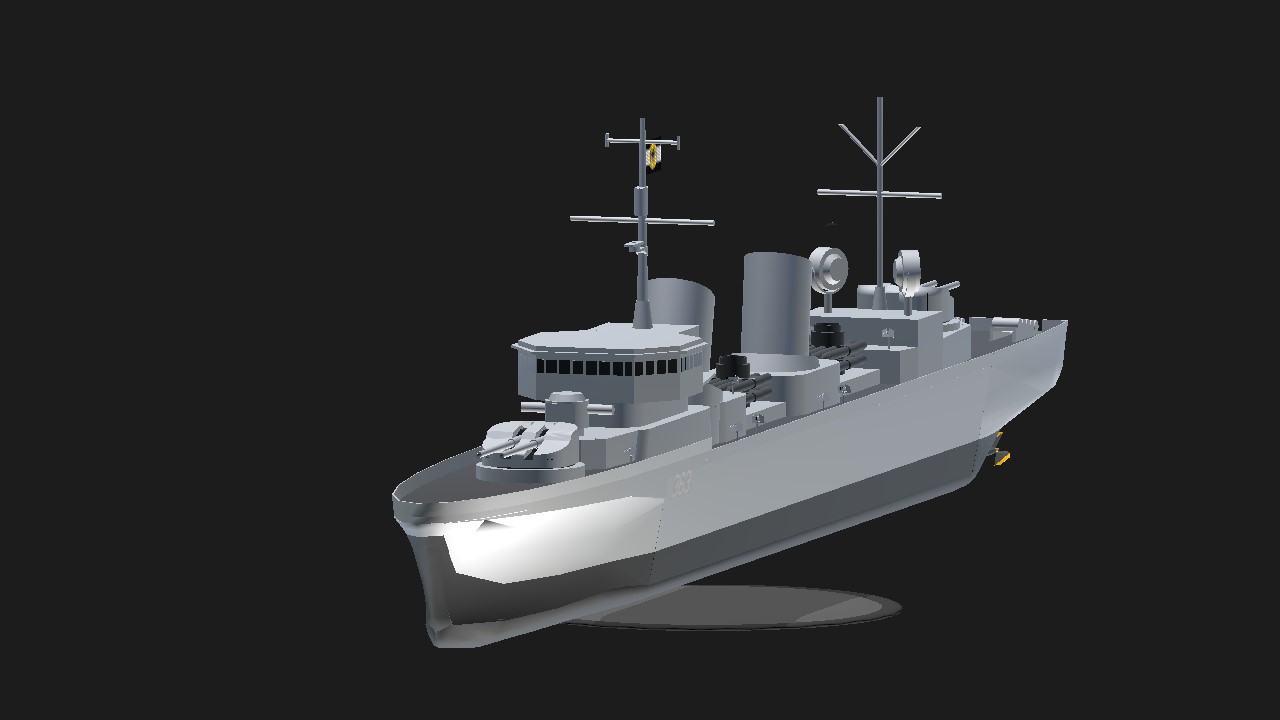
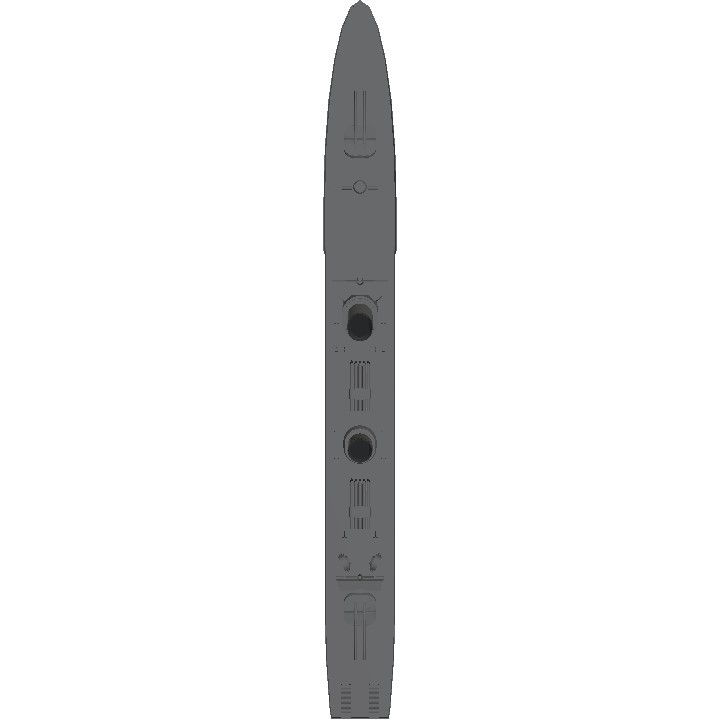
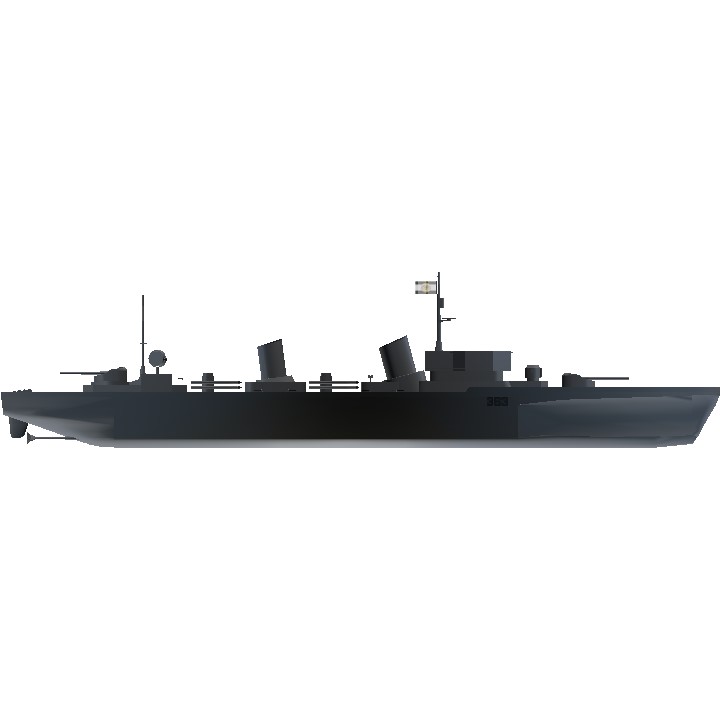
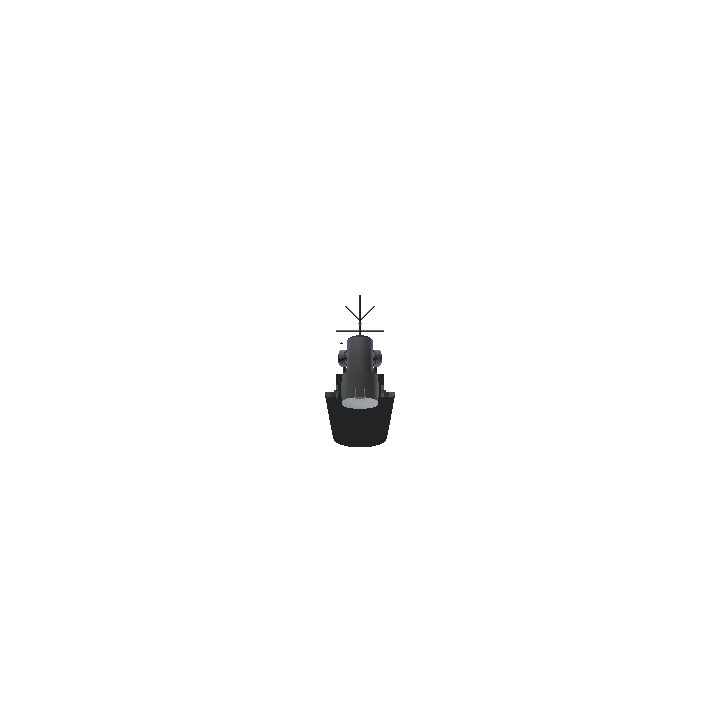
@Akhyar007
@CekerSapi
@Sylver
@SumateraIndustries
@ShadowHeavyIndustry
@BaronHeavyIndustries
@RB107
@IMCI
@KameradFauzan
@Dutzz
@dekanii Make sense.
@Cadvalto thats just how it works, other people that get tagged after the first three tags wont be notified
@dekanii Ok..? Why?
@Cadvalto uh, you can only tag three users each comment
just telling ya